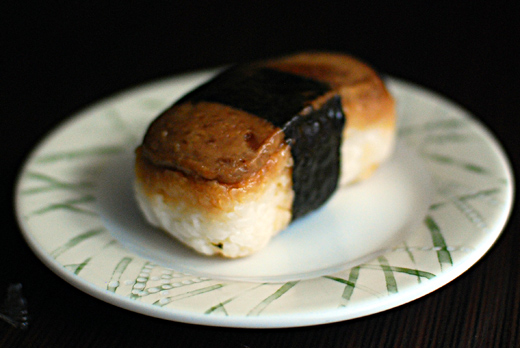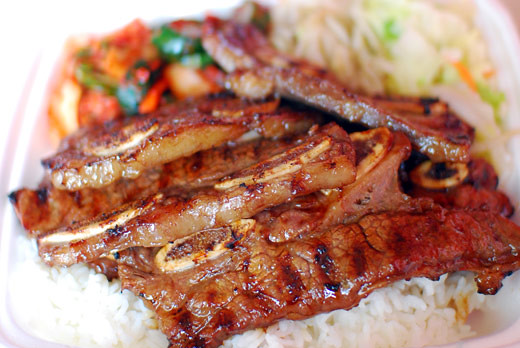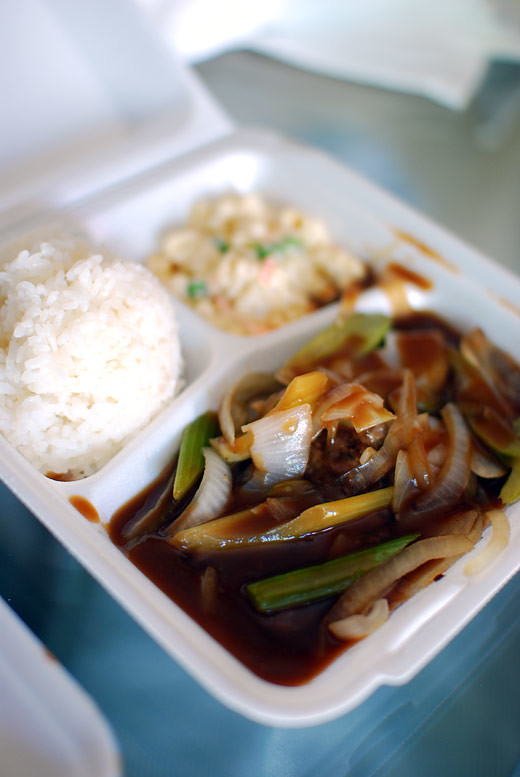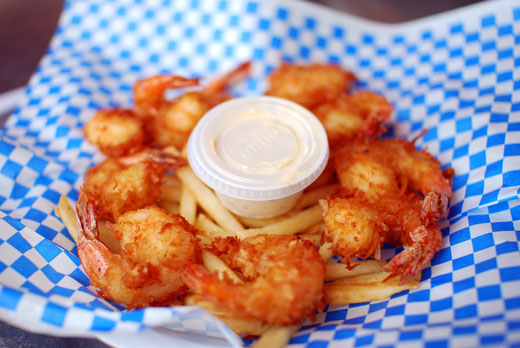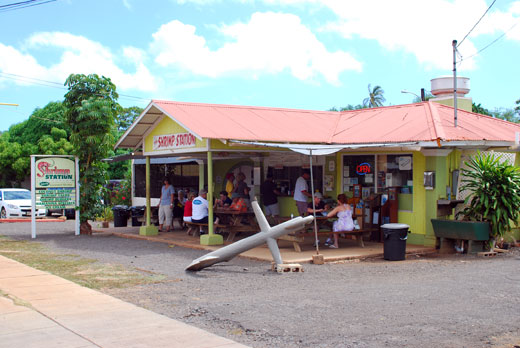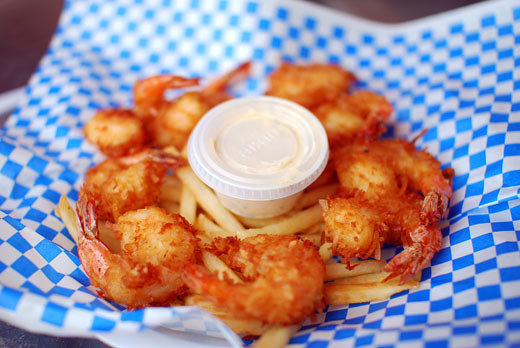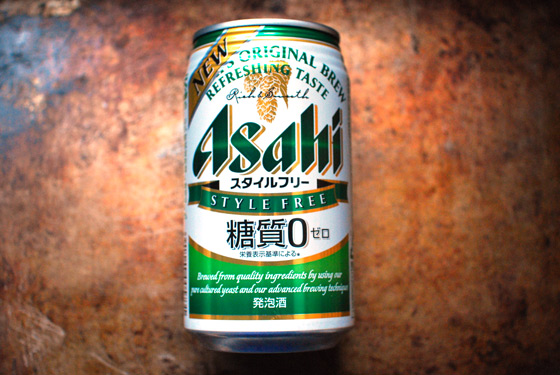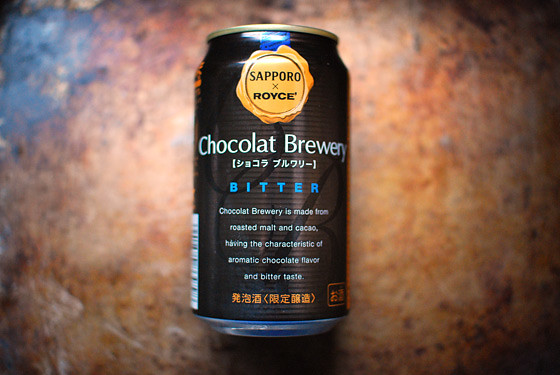Last time that I mentioned Camy Shanghai Dumpling House, I conjectured that the popularity was due to its open secret status and cheapness. At least now we know where the cheapness comes from: not paying their staff. From the Herald-Sun:
Mr Chang worked 13-hour days from 9.30am-10.30pm with only five-minute breaks, which had to be approved by the boss, for $100 a day.
He worked six days a week and his only holiday was Christmas Day, according to Federal Magistrate Grant Riethmuller. “It is clear that the patrons attended for the quality of the Shanghai dumpling-style cooking rather than the ambience of the premises,” Mr Riethmuller said.
Mr Chang feared if he lost his job his visa would be cancelled and he took action only after he had permanent Australian residency, the magistrate said.
The court found that Mr Chang had been underpaid from December 2004 to January 2008.
Mr Riethmuller ordered restaurant owners Min-Seng Zheng and Rui Zhi Fu to pay $172,677 in unpaid overtime and penalty rates, and $25,000 of superannuation. Their lawyer, Alex Lewenberg, said the owners planned to appeal.
I also praise Federal Magistrate Grant Riethmuller for his knowledge of the premises.

